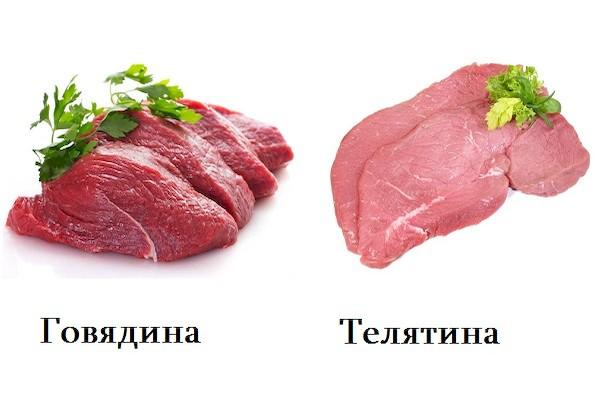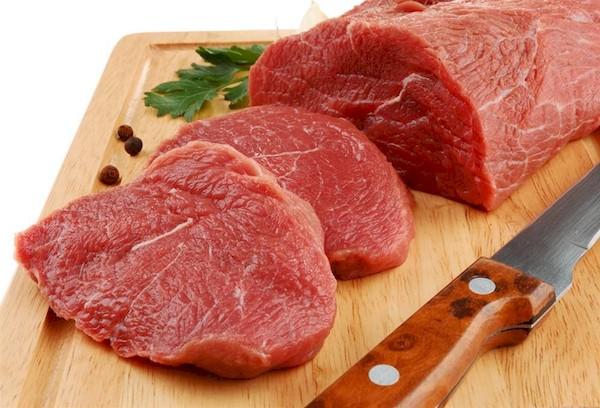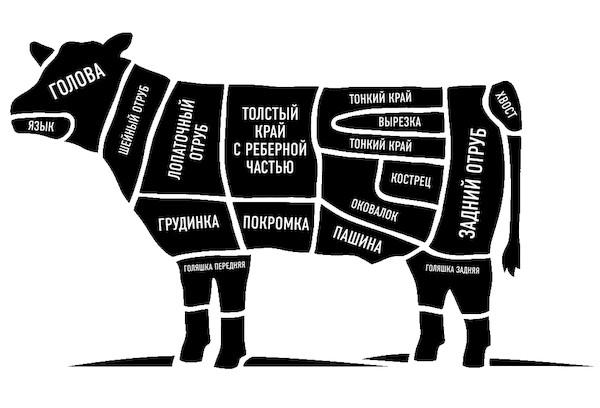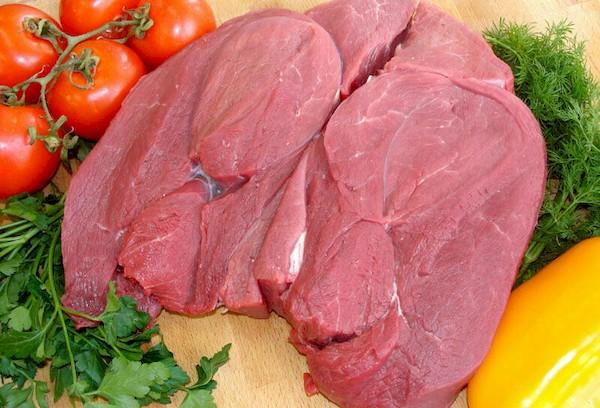What is the difference between veal and beef: 10 differences
Beef is often sold under the guise of veal, and never vice versa. It would do well for housewives to know the difference between veal and beef, so as not to overpay. Meat from a mature cow is usually significantly cheaper than meat from a calf. The difference is that beef is tougher, has a specific aroma, and is bright or dark in color. Veal is made from young cows (calves), and is considered a delicious, dietary product: tender, easily digestible, with a lot of protein.
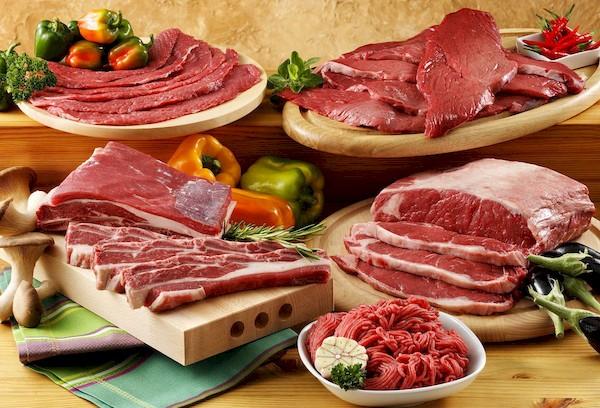
How to distinguish veal from beef?
Unless the seller intends to deceive buyers by coloring the beef and soaking it in “tricky” solutions, identifying veal will not be difficult. The difference is especially noticeable when comparing two pieces of meat. Photo:
Please note the differences in the table:
| Beef | Veal | |
| Made from | young and adult cattle | calves |
| Marking | MB, MK – young bull, castrated bull;
MT – young heifer; MKT – young first-calf cow; VK, VB – adult cow, bull |
T – calf;
TM – dairy calf |
| Meat color | from light red to rich burgundy | milky pink and pink |
| Structure | fibrous, dense, may have a noticeable amount of fat, with tendons, films, large longitudinal fibers | tender, fibrous, with little or no fat coating |
| Fat color | white or yellow | only white |
| Smell | rich, with nutty notes | lactic |
| Cooking features | several degrees of doneness | low fire
long simmering extra fat for juiciness (stuffing) |
| Color after heat treatment | dark brown, red brown | light brown, sand |
| Taste | rich, characteristic of beef | weak, tender, milky, lean meat |
| Outstanding dish | rare steak | Cotoletta, Wiener veal schnitzel, veal "Orlov" |
Difference in video:
Beef - what is it and what kind is it?
It is curious that by the name of the meat you can often guess which animal it came from: veal from a calf, lamb from a ram, pork from a pig. And only with beef everything is not so obvious. But there is an explanation:
“Beef” is the common Slavic name for cows and bulls. Hence, “fasting” means not eating meat during Lent, and “breaking the fast.”
Beef is eaten in most countries of the world, with the exception of India, where the cow is considered sacred. It contains high-value protein, many valuable vitamins and minerals (B12, iron).
Marbled beef is considered the most valuable. The lean pulp in it alternates with the finest fatty veins, which boil during heat treatment and make the taste of beef surprisingly juicy and tender.
It is worth noting that not everyone likes beef. You can often hear that cow meat is dry, tough and has a very specific smell.
Gourmets claim that beef is extremely tasty if it is only slightly fried.
In this case, the quality of the piece is of great importance, which depends on many parameters: the breed of cattle, housing conditions, feed, age, proper maturation of the meat after slaughter, etc., etc.
The softness, juiciness and price of beef largely depend on the part of the carcass from which it was cut. Attention to the diagram:
What you need to know about veal?
Veal is obtained from male and female cattle that are between 3 and 8 months old. Separately, dairy veal is isolated, obtained from a dairy calf aged from 2 weeks to 3 months.
For a long time in Rus', eating veal was considered a sin. Quote from the book by M. Zabylin “The Russian people, their customs, rituals, legends, superstitions and poetry”, 1880:
“Eating veal is a sin.”
The peasants saw their meaning in the ban. Cows deprived of sucklers lost milk. The calf could grow into a bull for seed or a heifer for breeding and producing milk. The peasants themselves did not eat the calves, but sold them to the boyars at a high price. Since the mid-18th century, various veal dishes were included in the aristocratic holiday menu. But the attitude towards them was different, sometimes even despicable.
The meat of a young calf does not have a distinct taste and contains little fat. In order not to dry it out or overcook it, you need to resort to special cooking methods.
- The best parts of the calf are the scapular, shoulder, hip, lumbar (rump) and dorsal regions.
- The chest, neck and flank edges are almost as good.
- Third grade veal – drumstick and forearm. They are the toughest.
First-class veal produces delicious escalopes, chops and medallions, baked in large pieces of meat. The drumstick and shank are good for broths, goulash, the flank is good for minced meat and boiling.
Veal is often found in Italian and French cuisine.
Question answer
How is it different from pork?
Pork is sold together with lard. It should not come into contact with beef and veal. Pig meat differs from beef in its higher fat content, less rigidity, fibrousness and light color. Pork, like veal, is pink, but with a grayish tint.When fried, beef turns brown and pork turns grey. It is distinguished from veal by a large number of fatty layers, loose and thin fibers surrounded by soft fat, and a characteristic smell.
What's better?
Dairy veal and marbled beef are the most highly rated. They have excellent taste and nutritional qualities. Beef is often of better quality than veal. Beef from young animals of the “super” category, class “A” is tastier and richer in taste. In addition, any meat must be properly prepared and used for the dishes for which it is suitable.
The most important difference between beef and veal is age. From here follow all the other differences between them: the meat of a young calf is more tender, pinker, with less fat, and lean. At the same time, it is more difficult to cook it tasty. From half-raw, veal quickly becomes dry and hard, like soles.
